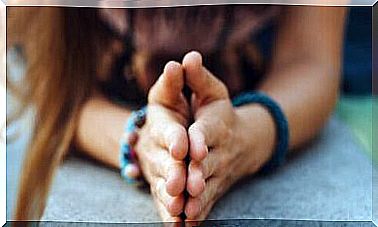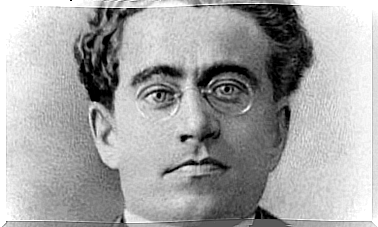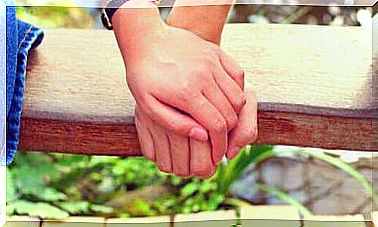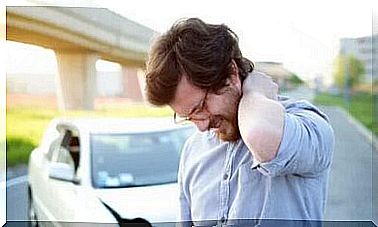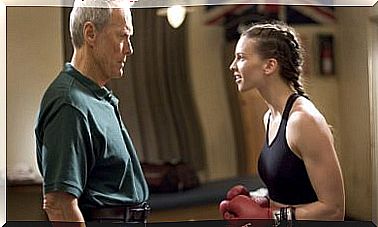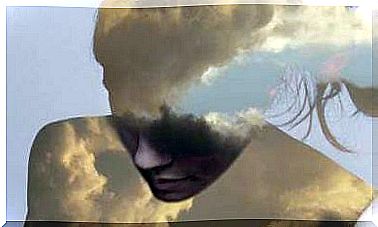The Body Language Of Guilt
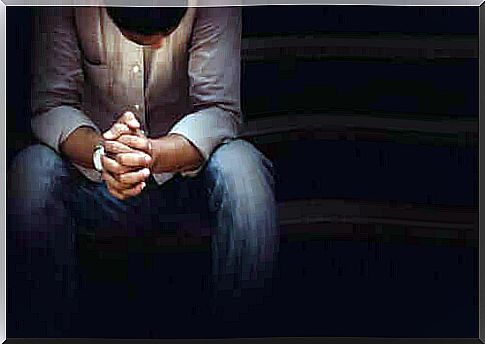
The body language of guilt is not easy to grasp for various reasons. The first is that guilt is not a primary emotion. Only primary emotions are clearly reflected in facial micro-expressions and body posture. Guilt, on the other hand, is a more complex emotion that involves the participation of thought and can include multiple sensations at a time.
Beyond that, a person who is guilty does not always admit his guilt. It may happen, for example, that a person who steals thinks he has the right to do so; therefore, according to her, the other does not need that object which he deprived him of or which he obtained unjustly. As a result, he won’t feel guilty and obviously won’t reflect this through his body language.
While primary emotions cause movements and postures that are impossible to voluntarily control, at least for a few seconds, there is a strong rational component in guilt . It is therefore possible to exercise voluntary voluntary control over the movements that could reveal this feeling.
As a result, the body language of guilt is more difficult to recognize, although not impossible. Let’s see below some of the features that characterize it.
The essential gesture in the body language of guilt
A person who feels guilty but does not want to take responsibility for what has been done usually begins to live in a state of alert. He knows he hides the deed and the remorse that comes with it, so he will have relatively widespread control over his body language.
Nonetheless, according to anthropologist Desmond Morris, there is an unconscious and involuntary movement that is part of the body language of guilt. It is the blink of the eyelids. As much as the person tries to keep everything under control, when an aspect related to that guilt is asked or hinted at, there will be an intermittent and rapid blinking of the eyelids.
The increase in blinking frequency is considerable and becomes noticeable, but those who feel guilty don’t notice it right away. This gesture denotes the person’s vulnerability and his intense desire to regain control of the situation. Usually this gesture is accompanied by movements of the head in different directions.
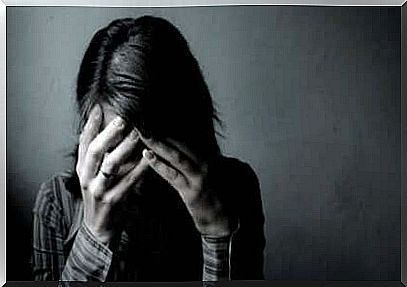
The look and the expression
Another aspect to observe in the body language of guilt is the look. Very often a person has a hard time looking in the face if he knows he has acted against his beliefs and values. It will therefore tend to look elsewhere, always downwards. The chin is not necessarily tilted down, but the gaze does.
However, this gesture is relative. It does n’t always happen , because some people know it might cheat on them . Sometimes there is also a strong belief that the action taken is not negative, but necessary or convenient. So the person does not feel guilty even though he has caused harm.
In the latter case, it is common for the person to show excessive control over their facial expression. The aim is not to reveal anything, so keep your muscles tense and try to gesticulate as little as possible. He does not take his eyes off the interlocutor so as to maintain control of the situation.

Covering up and difficulty speaking
It doesn’t happen in all cases, but another habitual gesture in the body language of guilt is the tendency to cover one’s mouth or face. Sometimes the person puts their hand on their lips or face. He does not want to reveal himself and, unwittingly, tries to cover himself.
Similarly, obvious language difficulties may be noted. The person who feels guilty clears his throat too often or stutters slightly. The tension and stress experienced dry out the jaws, which is why the person often drinks. He may also have a hard time building coherent sentences.
Nonetheless, as anticipated, not everyone experiences guilt in the same way. Some are plagued by it, while others manage it so that it does not bother them. One or the other situation depends on individual and cultural factors. The reading of these gestures must therefore be relativized.


